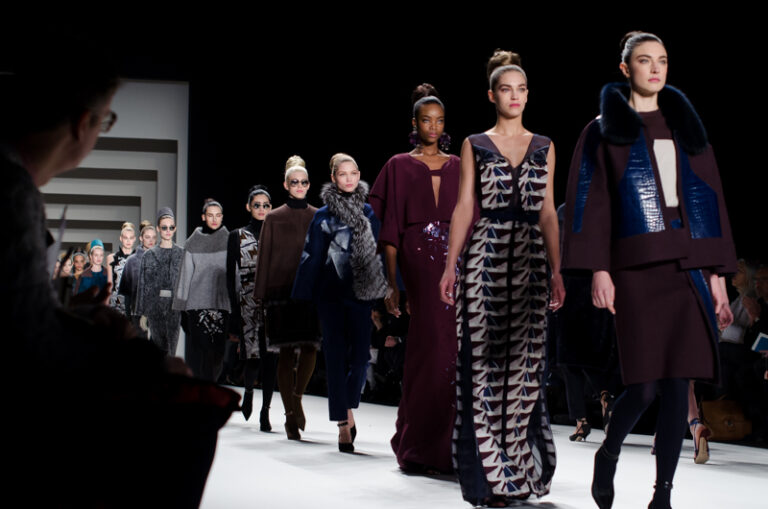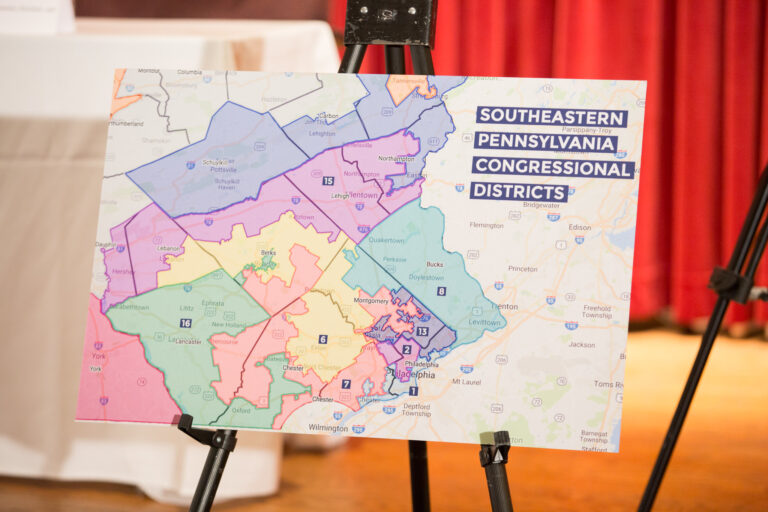Among the executive orders and presidential memoranda issued by the Trump White House during its inaugural weeks in power, the order titled “Protecting the Nation from Foreign Terrorist Entry into the United States” — colloquially known as the “travel ban” or “Muslim ban” — stands out for the degree of political and legal fire that it has drawn.
Issued on January 27, the travel ban immediately barred citizens from seven Muslim-majority countries from entering the U.S. for 90 days, purportedly to provide the Department of Homeland Security with time to review immigrant vetting procedures. It also imposed restrictions on refugee entry into the U.S.
Of the dozens of lawsuits filed against the travel ban, the challenge brought by Washington and Minnesota — Washington v. Trump — has gone furthest toward striking it down. On February 3, the Seattle-based federal district court judge hearing the lawsuit issued a nationwide temporary restraining order (TRO) against the ban’s enforcement, a decision upheld by a three-judge panel of the U.S. Court of Appeals for the Ninth Circuit. In response to the panel’s decision, the Trump Administration is currently revising the ban.
Despite national interest in the travel ban’s legality, however, the news coverage and online commentary about Washington v. Trump have largely overlooked a key feature of the states’ case: the travel ban’s purported effects on their labor markets as the bases for their injuries.
Standing and the TRO
Showing injury was key to permitting the states to sue and allowing the states to win.
To sue the Trump Administration over the travel ban, Washington and Minnesota first had to establish standing. The standing requirement derives from the U.S. Constitution, which extends the federal “judicial Power” only to “cases” and “controversies.” Based on this language, the Supreme Court demands that any plaintiff suing in federal court — states included — must show that he suffers from an actual injury that the defendant clearly caused. Moreover, a plaintiff must show that the court can remedy the injury.
After establishing standing, the states then had to demonstrate to the district court that their requested relief — the TRO — was appropriate. As the district court explained, a TRO is “an extraordinary remedy that may only be awarded upon a clear showing that the plaintiff is entitled to such relief.” Therefore, a party requesting a TRO must show a likelihood of suffering “irreparable harm” without a TRO and “that the balance of equities tips in his favor,” among other things. Alternatively, the requesting party may demonstrate that “serious questions going to the merits were raised and the balance of the hardships tips sharply in the plaintiff’s favor.”
In the Washington v. Trump litigation, the states’ purported injuries — particularly Washington’s — centered on the labor market.
The States’ First Amended Complaint
To demonstrate injury imposed by the travel ban, Washington relied in part on the ban’s purported harms to the state’s businesses — focusing on the lost pool of potential labor caused by the ban’s immigration restrictions. According to the state, immigrant labor serves as “an important economic driver” for the state, especially for its technology sector: “Many workers in Washington’s technology industry are immigrants, and many of those immigrant workers are from Muslim-majority countries.”
In fact, many Washington technology companies “are dependent on foreign workers to operate and grow their businesses,” relying on the H-1B visa program to allow them to recruit a highly skilled workforce that may not be domestically available; for example, Microsoft — which is headquartered in Washington and is the “top employer of H-1B visa holders” in the state — employs “[a]t least” 76 citizens of the seven countries covered by the travel ban. Thus, any changes to U.S. immigration protocol “that restrict the flow of people” may adversely affect the abilities of these companies “to adequately staff their research and development efforts and recruit talent from overseas.”
Besides focusing on the travel ban’s labor-related impact on state companies, Washington also invoked its own “proprietary interest in securing the best possible employees” for the state. The state asserted that its agencies and public universities “employ a number of people” from countries affected by the ban, which it “expends time and funds” to hire through the H-1B program. Therefore, “Washington wastes that time and money, and loses the value of employee labor, if employees are not able to fully work and travel due to the Executive Order.”
Washington v. Trump in the District Court
The district court concluded that the states had met both TRO standards. The court determined that the travel ban “adversely affects” the employment and business interests of the states’ residents. The court also found that the “operations and missions” of the states’ public universities, and “operations” of the states themselves, had likewise been impaired by the ban.
In its order granting the TRO, the district court did not explicitly address on what bases it had concluded that the states had standing.
Washington v. Trump in the Ninth Circuit
On appeal, a panel of the Ninth Circuit upheld state standing based on the travel ban’s impact on the states as operators of their public universities. Focusing on Washington, the panel pointed out that “the University of Washington was in the process of sponsoring three prospective employees from countries covered by” the travel ban, and “had made plans for their arrival beginning in February 2017, but they have been unable to enter the United States.” The panel also invoked the third-party standing doctrine in concluding that the states “may assert not only their own rights to the extent affected by” the travel ban, “but may also assert the rights of their students and faculty members.”
Ultimately, the panel concluded that the travel ban “prevents nationals of seven countries from entering Washington and Minnesota,” and “as a result, some of these people will not enter state universities, some will not join those universities as faculty, some will be prevented from performing research, and some will not be permitted to return if they leave” — problems redressible by barring the ban’s enforcement. At the same time, the panel acknowledged the states’ other standing arguments, but concluded that it was unnecessary to reach them.
The panel also denied the Trump Administration’s emergency request to halt implementation of the TRO. While the panel’s discussion the balance of hardships between the Administration and the states largely focused on the Administration’s lack of any showing of harm, the panel did point out the harm imposed by the travel ban on the states’ “university employees,” among others.
Labor Market Injuries in Future Litigation
Washington v. Trump illustrates the promise of states invoking labor market injuries to get through the courthouse door and win. In this case, federal judges accepted that the labor market effects of executive action can provide states with standing to sue to enjoin that action. These judges also recognized that labor market effects serve as a useful lens through which to understand the harm caused — and that a TRO or preliminary injunction can remedy.
With additional Trump Administration executive action in the area of immigration likely to adversely affect state labor markets — and executive action in other areas potentially implicating the health of state labor markets — states would do well to look to the injuries articulated and argued by Washington and Minnesota in Washington v. Trump as models in future litigation.






Daily News & Commentary
Start your day with our roundup of the latest labor developments. See all
December 17
The TSA suspends a labor union representing 47,000 officers for a second time; the Trump administration seeks to recruit over 1,000 artificial intelligence experts to the federal workforce; and the New York Times reports on the tumultuous changes that U.S. labor relations has seen over the past year.
December 16
Second Circuit affirms dismissal of former collegiate athletes’ antitrust suit; UPS will invest $120 million in truck-unloading robots; Sharon Block argues there are reasons for optimism about labor’s future.
December 15
Advocating a private right of action for the NLRA, 11th Circuit criticizes McDonnell Douglas, Congress considers amending WARN Act.
December 12
OH vetoes bill weakening child labor protections; UT repeals public-sector bargaining ban; SCOTUS takes up case on post-arbitration award jurisdiction
December 11
House forces a vote on the “Protect America’s Workforce Act;” arguments on Trump’s executive order nullifying collective bargaining rights; and Penn State file a petition to form a union.
December 8
Private payrolls fall; NYC Council overrides mayoral veto on pay data; workers sue Starbucks.